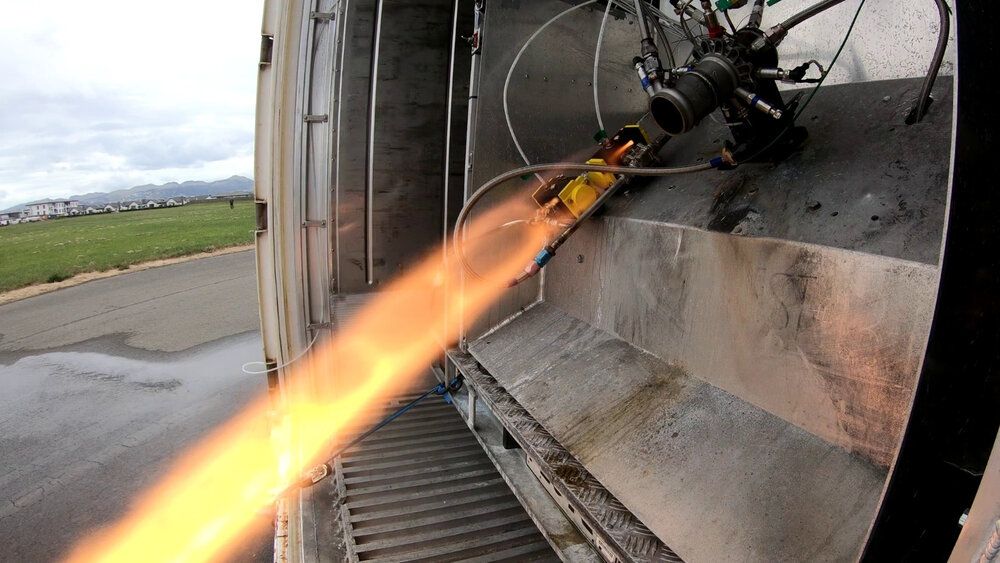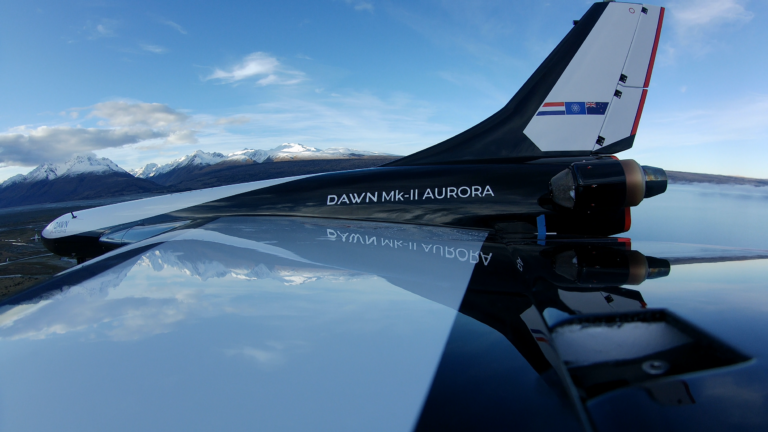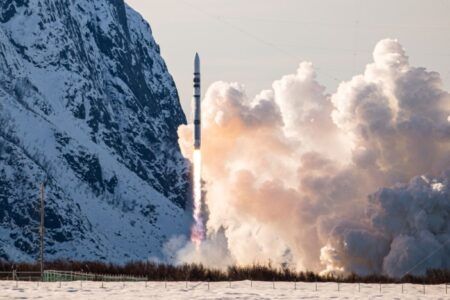The five flights assessed the airframe and avionics of the vehicle, and were conducted using surrogate jet engines.
Propelled by a mixture of high-test peroxide (HTP) and Kerosene, the airframe is 4.8m in length, weighing 280kg with a full tank and with a max speed surpassing Mach 3.
Mk-II is a suborbital plane designed to fly 100km (62 miles) above the Earth’s surface. Dawn said it is aiming for the Mk-II to be the first vehicle to access space multiple times per day. The vehicle serves as a technology demonstrator for the two-stage-to-orbit-vehicle, the Mk-III.
Mk-II will also be used to capture atmospheric data used for weather and climate modelling, and to conduct scientific research and technology demonstrations. The Mk-III will be significantly larger than its predecessor at 18m in length and 18,000kg in weight at takeoff.

The campaign ran from Glentanner Aerodrome in New Zealand’s South Island. Taxi testing commenced in early July and five flights occurred between July 20-30, reaching altitudes of 3,400ft (1,036m).
“Dawn is focused on sustainable and scalable access to space and our Mk-II vehicle is entirely reusable,” said Stefan Powell, CEO, adding, “The team have successfully captured extensive data enabling further R&D on the capability of Mk-II.
“I’m hugely proud of our engineering team for designing and building a vehicle that flies beautifully first time and just as predicted. We are delighted with the results and demonstrating rapid turnaround – we conducted five flights within three days, and two flights occurred within ninety minutes of each other.”
Dawn Aerospace has headquarters in New Zealand and offices in the Netherlands and New York.
Dawn tests various vehicles and systems in a number of locations across New Zealand’s South Island, and has agreements in place with a number of potential launch locations globally. On December 9 2020, Dawn announced the New Zealand Civil Aviation Authority (CAA) had granted Dawn a certificate to fly Mk-II Aurora spaceplane from a conventional airport without exclusive airspace restrictions.
“We were successful in demonstrating our ability to integrate with other airspace operators,” said Powell. “Fixed-wing aircraft and local helicopter companies continued their operations unaffected.”





